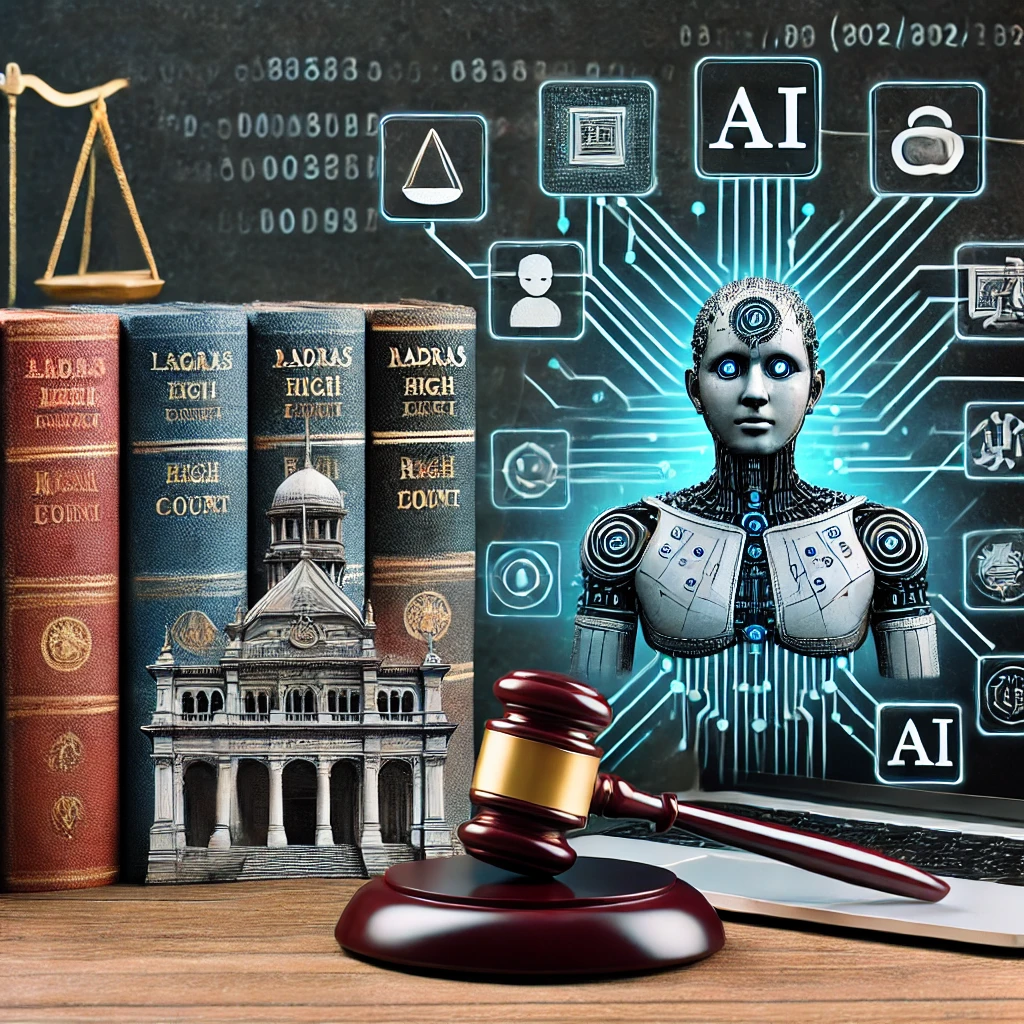Right to Education: Supreme Court Calls It the ‘Starting Line’ of Equality
- ByAdmin --
- 09 Apr 2025 --
- 0 Comments
In a quiet village school in Uttar Pradesh, children were sitting on broken benches under a leaking roof. When questioned, the district official shrugged:
"At least they have a teacher, no?"
But the Supreme Court, in a powerful March 2025 ruling, made it clear — Right to Education is not just access to a classroom. It’s access to dignity.
What the Law Says
Article 21A of the Constitution guarantees free and compulsory education to all children aged 6–14 years.
The Right to Education Act, 2009, mandates:
- Pupil-teacher ratio
- Basic infrastructure
- No detention till Class 8
- 25% reservation in private schools for EWS students
The Case
A PIL filed by an NGO revealed that over 1 lakh government schools lacked toilets, electricity, or even drinking water.
The Supreme Court responded:
“A classroom without dignity cannot deliver education. The state has a duty to provide both.”
Court’s Directives
- Set timelines for upgrading infrastructure
- Mandated appointment of trained teachers
- Called for strict implementation of EWS reservations in private schools
Impact
- States must now file compliance reports on RTE norms
- Parent groups can initiate local-level petitions
- Education is now tied not just to literacy — but to constitutional dignity

































































































































































































































































































































































































































0 comments